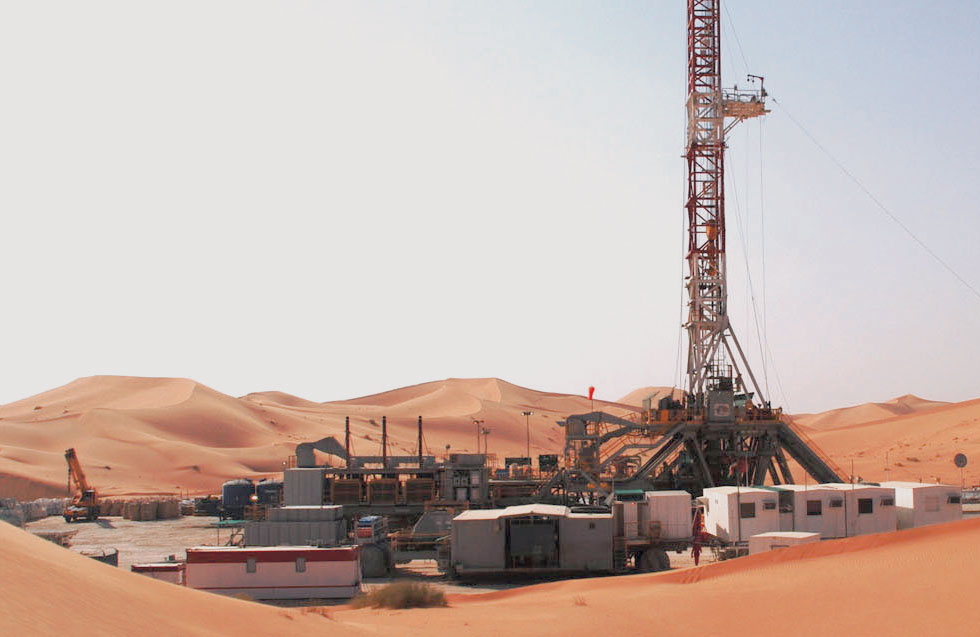

Muscat, Feb 17 - The Ministry of Oil & Gas yesterday tendered out six Oil & Gas Blocks as part of the 2019 Oman Licensing Round. Blocks 58, 70, 73, 74, 75 and 76 were previously part of the prolific Block 6 currently operated by majority-government-owned Petroleum Development Oman (PDO), which was obliged to relinquish these blocks due to statutory license rules, the Ministry said in its tender announcement. “All blocks are aligned along known play trends and structures are mapped in each. Together these blocks offer potential across the complete producing section within Oman, from the Precambrian through the Cretaceous,” it stated..
Block 58, covering a 4,557 sq km area in southern Oman, is a pure exploration gas Block that has been under-explored, according to the Ministry. Also known as the Qatbeet Block, the license has all the necessary components for development of a field: trap, seal, and reservoir-quality lithofacies. The block contains several prospects mapped by a former operator. Only two wells have been drilled in the block. The first (Lahan-1) was drilled in October 2002, by PDO. This well discovered gas in the Nafun and Abu Mahara groups.
Block 70, located in central Oman, covers a 639 sq km area. It contains the Mafraq field, a Shuaiba formation heavy oil accumulation. Undeveloped, it is a potential secondary-recovery target. There are seven wells drilled in this block. Most are older wells, drilled prior to 1992. Primary targets for the older wells were the Shuaiba Formation and the Natih Formation, where gas was discovered. Besides the Natih and Shuaiba formations, deeper targets exist. These include the Barik, Miqrat and Amin. All are gas-condensate targets. That makes this block an oil (proven) and gas-condensate (prospective) block, according to the Ministry.
Block 73 covers a 2,988 sq km area located in southern Oman. It is essentially unexplored, containing just five wells. The last well was drilled in 1985. The wells did prove the structural elements of the exploration concepts for which they were drilled. Modern data, such as 3D seismic, would better define traps. This is an oil block, with deep gas potential, according to the Ministry.
Block 74, covering a 3,064 sq km area in southern Oman, contains three exploration wells. This is an oil block for any shallow reservoirs and a probable gas block for deeper reservoirs. It contains a variety of trap types, such as low-relief dip closures, updip stratigraphic truncations, and thin-skinned thrust complexes. This latter trap type has only been tested by the Zapfaran-1 well, drilled in 2012.
Block 75, located in southern Oman, covers a 2,266 sq km area. It only has one well, the Khawtar-1. This well, drilled in 1972, was PDO’s first well drilled in the Dhofar portion of their concession. The well, located on the northwestern edge of the block, proved the structural concept being explored.
When combined with the low density of seismic data, and a well almost outside of the block, this is a pure exploration block. This block is situated in an area where adjacent blocks have mapped prospects.
Block 76 covers a 704 km2 area located in southern Oman. It contains a single well, the Ranadah-2 drilled in 1984. This is an oil block for the shallower targets and a probable gas block for deeper targets. Several additional plays exist within adjacent blocks. These plays include the stratigraphic truncation play which was the original objective of the Ranadah-2.
The closing date for submission of offers is May 30, 2019, the Ministry added
Oman Observer is now on the WhatsApp channel. Click here



